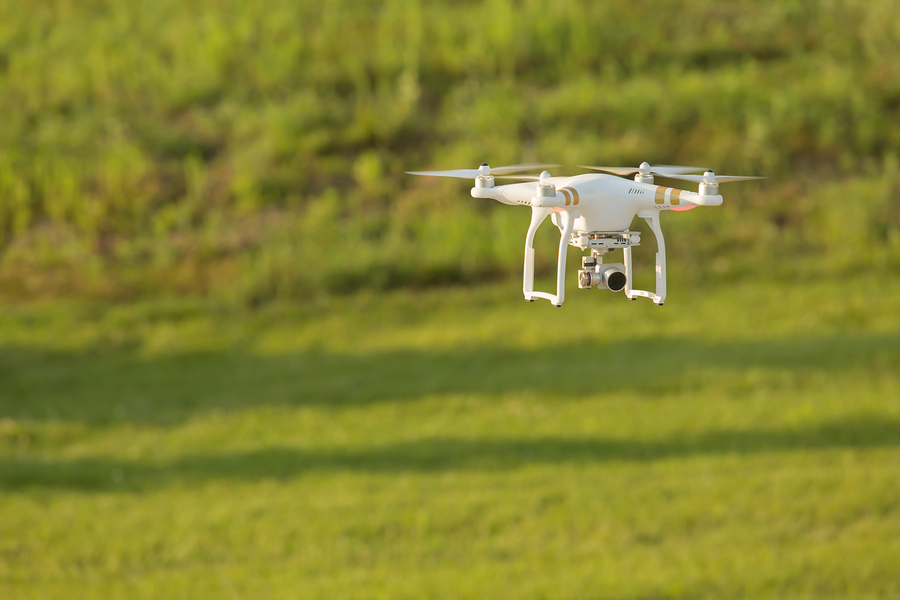
Robohub.org
Protecting infrastructure and innovation, under Section 2209 of the FAA extension
On July 15, 2016, Congress enacted the FAA Extension, Safety, and Security Act (the “Act”), which among other things, directs the Secretary of Transportation to establish a process to enable applicants to petition the FAA Administrator to “prohibit or restrict the operation of an unmanned aircraft in close proximity to a fixed site facility.” Congress tasked the FAA with establishing a process for designating fixed site facilities no later than 180 days from the date of enactment. Below is an outline of the key problematic provisions in Section 2209 and a proposed path forward for establishing a process that meets the Congressional directive while not unnecessarily restricting industry.
Section 2209 outlines the following criteria that the FAA may consider in determining whether to grant or deny an application for designation of a fixed site facility: (i) aviation safety, (ii) protection of persons and property on the ground, (iii) national security, or (iv) homeland security. Subsection 2209 (b)(1)(C) further provides that only the following facilities may be considered for designation:
(i) Critical infrastructure, such as energy production, transmission, and distribution facilities and equipment.
(ii) Oil refineries and chemical facilities.
(iii) Amusement parks.
(iv) Other locations that warrant such restrictions.
Subsection 2209 (b)(1)(C) attempts to restrict the types of locations that would be subject to designation, however, certain portions of the text undermine that goal. Categories (i) and (ii) are generally reasonable as they outline a list of infrastructure and facilities that by their nature may create an environment that could increase the risk profile of UAS operations from a facility safety, national security or homeland security perspective. However, since subsection (i) does not offer a closed definition of “critical infrastructure”, it could be construed too broadly. The FAA should clarify the types of facilities that are considered critical infrastructure by providing a closed definition. This clarification would help applicants understand whether their facility could be considered for designation and it would reduce the administrative burden of processing applications for facilities that the FAA does not consider to fall under the definition.
Category (iii) – amusement parks – appears out of place in relation to the first two categories. Amusement parks do not appear to raise special concerns from an aviation safety, national security or homeland security perspective. Nor do they typically raise unique concerns in terms of potential damage to property or persons in the same way that critical infrastructure or chemical facilities do. The risks to property or persons for UAS operations taking place near amusement parks are generally covered under Part 107 through provisions such as the restriction on flight over people who are not a part of the operation.
Finally, category (iv) “other locations that warrant such restrictions” is very broad and opens the door to expanding the list of fixed site facilities well beyond the types of locations that the drafters intended to protect. A broad construction will not only unnecessarily restrict the industry, it will also run the risk of leading to uneven results for applicants seeking to protect their facilities. The FAA should establish a closed list of other types of locations that may be considered for designation.
Section 2209 incorporates a savings clause which states that: “nothing in this section may be construed as prohibiting the Administrator from authorizing operation of an aircraft, including an unmanned aircraft system, over, under, or within a specified distance from that fixed site facility designated under subsection (b).” The framework established by the FAA to implement Section 2209 should incorporate a waiver process in line with that provided in Part 107 that will allow applicants to fly in proximity to fixed site facilities if they show that they can mitigate the risks of the operation to an acceptable level.
The process set up by the FAA should also acknowledge that operators may go directly to any designated fixed site facility to seek permission from the owner to operate UAS over the facility. Incorporating this mechanism will serve to minimize the administrative burden on the FAA in granting waivers from the general restriction on flying UAS in proximity to designated sites.
Lastly, the applications for designation should be publicly posted in the Federal Register so that the FAA may consider public comments prior to making a determination whether to grant or deny applications.
tags: c-Aerial, drones, FAA





